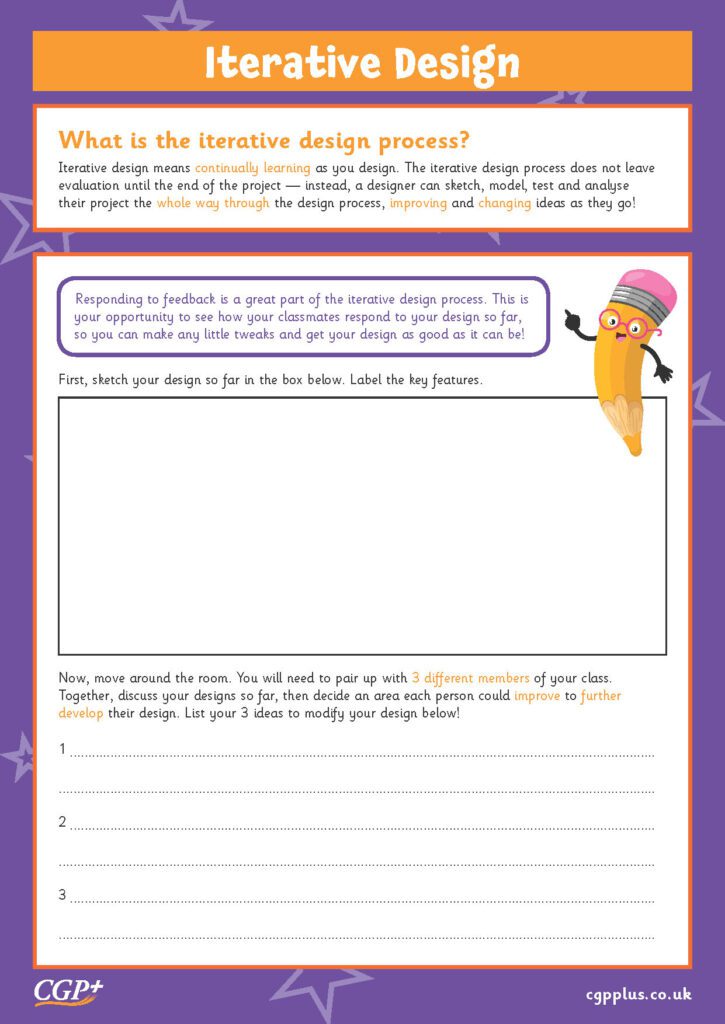Iterative design is key to creating successful and enjoyable games. It involves a process of testing and improvement through repeated cycles of design, prototyping, testing, analyzing, and refinement. Utilizing an iterative design process helps catch bugs and identify areas of improvement early on in the development process, resulting in a more polished end product. It also helps developers create a game that is designed with the player in mind by testing and tweaking the game based on player feedback and behavior. Even though this process may be time-consuming, the end result is a game that is enjoyable and rewarding for the player.
Iterative Design: Why Testing and Tweaking is Key to Making Great Games
Introduction
The game development process involves countless hours of designing, coding, and testing in order to create a product that is both engaging and enjoyable for players. However, creating a great game requires more than just a solid plan and hard work. It also requires an iterative design process that involves constant testing and tweaking in order to fine-tune the gaming experience. In this article, we will explore the concept of iterative design and the role it plays in creating successful games.
What is Iterative Design?
Iterative design is a process of creating and refining a design through repeated cycles of testing and improvement. This approach enables game developers to identify and fix issues early on in the development process, leading to a more polished and cohesive end product.
The Benefits of Iterative Design
There are many benefits to utilizing an iterative design process in game development. Firstly, it allows developers to catch bugs and identify areas for improvement early on in the development process, reducing the risk of costly mistakes later down the line.
Secondly, iterative design ensures that the game is designed with the player in mind. Testing and tweaking the game in response to player feedback and behavior helps developers create a more enjoyable and engaging experience for the player.
The Iterative Design Process
The iterative design process typically involves the following steps:
- Design
- Prototype
- Test
- Analyze
- Refine
Design
The design phase involves creating a plan for the game, including its mechanics, gameplay, and user interface. This phase is crucial for bringing the developer’s vision to life.
Prototype
Prototyping involves creating a basic version of the game that can be tested by a small group of players. This phase allows developers to get an idea of how the game will play and identify any major design flaws.
Test
The testing phase involves gathering feedback from players and analyzing their behavior. This feedback helps developers identify areas for improvement and areas where the game shines.
Analyze
During this phase, developers analyze the feedback gathered during the testing phase in order to determine what changes need to be made to the game.
Refine
The refinement phase involves making necessary changes to the game based on the feedback gathered during the testing phase.
Conclusion
Iterative design is an essential process in creating successful and engaging games. By constantly testing and tweaking the game based on player feedback, developers can create an experience that is both enjoyable and rewarding for the player. While this process may be time-consuming, the end result is a game that is polished, cohesive, and designed with the player in mind.
